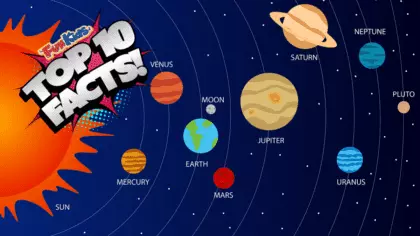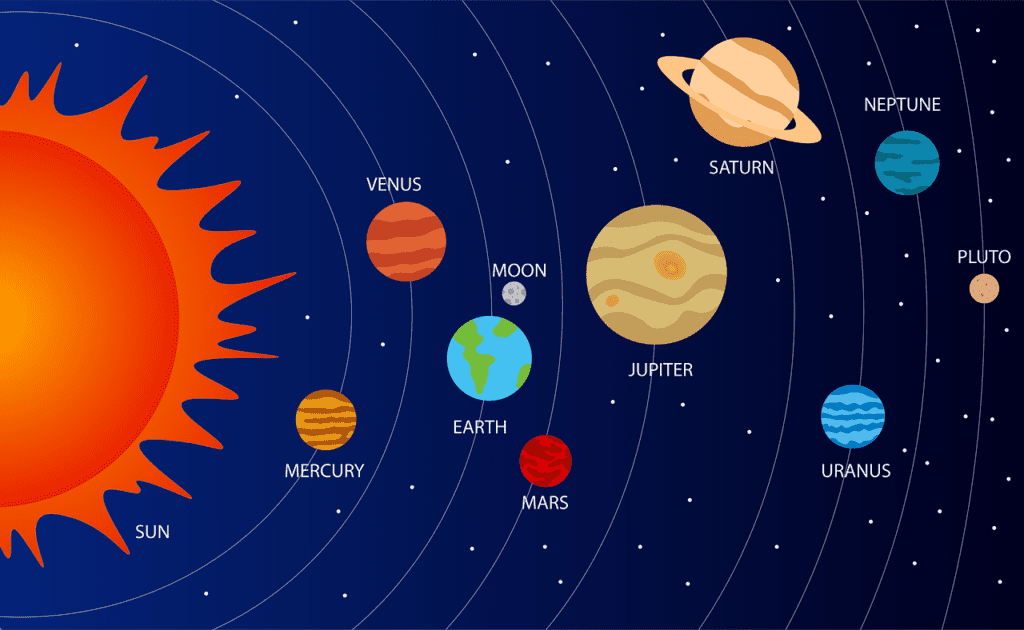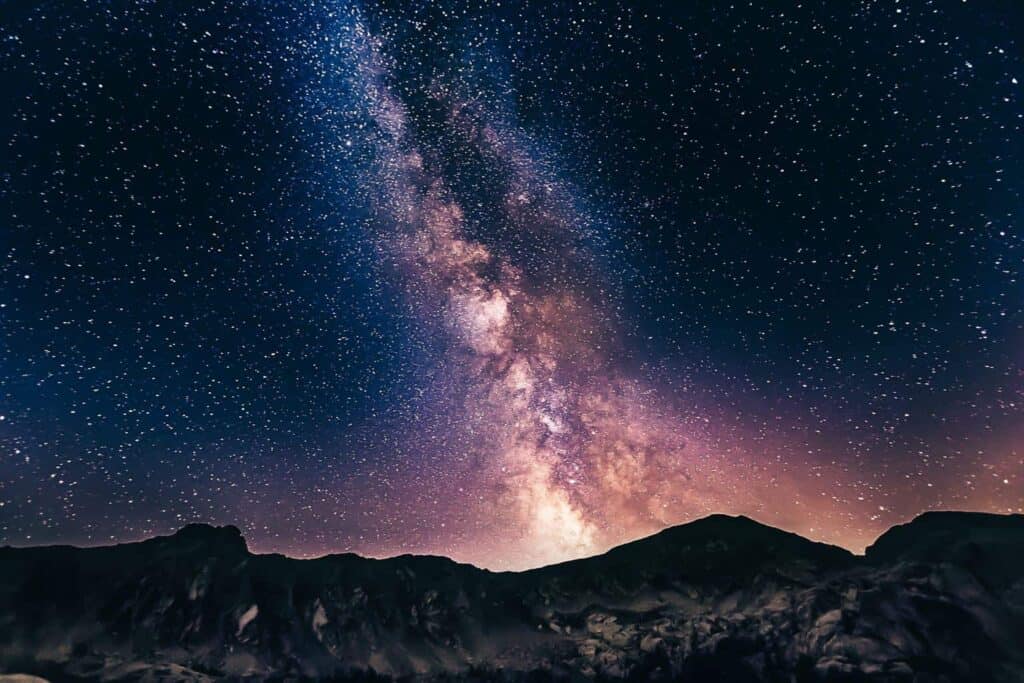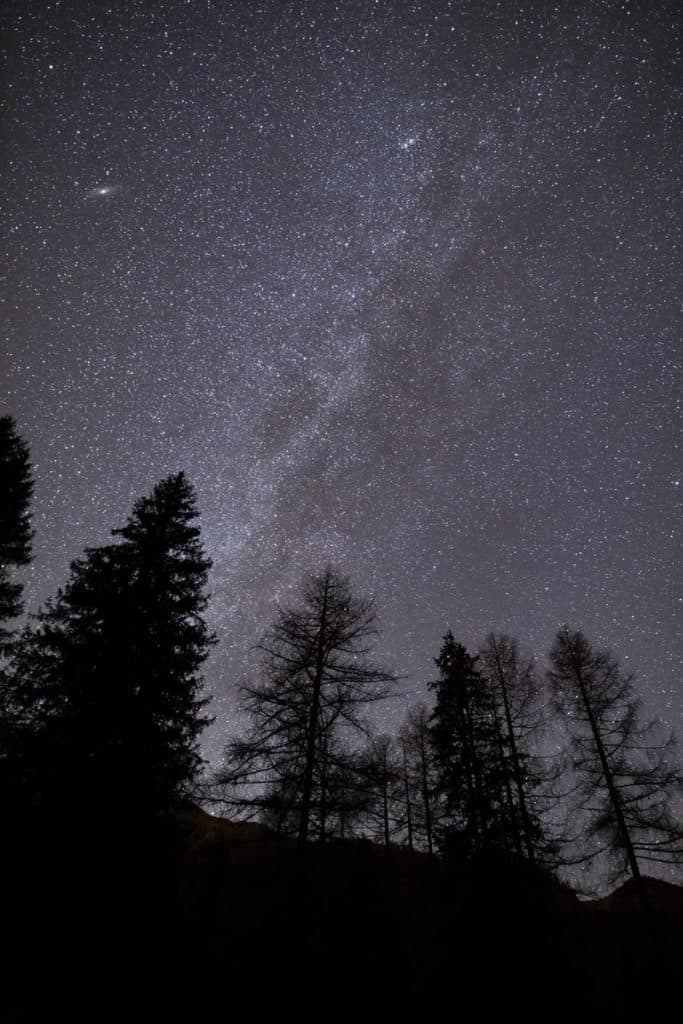
From the Tudors to rocks to fish, we have all the best facts right here!

Find out about The Solar System with our Top 10 Facts
The Solar System is an awe-inspiring cosmic masterpiece of planets, moons, asteroids, and comets that orbits the Sun. It is the collection of all celestial bodies that are held together by the Sun’s gravitational pull. From the innermost planet, Mercury, to the farthest reaching planet, Neptune, the Solar System is filled with fascinating wonders and mysteries. Its composition of planets, moons, asteroids, and comets has been studied and explored for centuries, and continues to be a source of wonder and fascination.
Plus you can learn more about what’s in our Solar System with our Top 10 Facts on the Sun and the Moon; the planets Earth, Mercury, Venus, Mars, Jupiter, Saturn, Uranus and Neptune and the dwarf planet Pluto.
The Solar System is all the planets and other things in space that orbit (go around) our sun.
This includes the planets Earth, Mercury, Venus, Mars, Jupiter, Saturn, Uranus and Neptune as well as the dwarf planet Pluto, asteroids and comets.
The planets are in the order Mercury, Venus, Earth, Mars, Jupiter, Saturn, Uranus, Neptune followed by the dwarf planet Pluto. Here is how we remember to order, with this sentence that has the same letters as the order of planets plus Pluto.
My Very Easy Method Just Speeds Up Naming Planets.

Earth is a big place but within the solar system it is quite small. It would take 1.3 million planets the size of Earth to fill up the sun. Earth is a lot smaller than planets like Jupiter and Saturn.
The Solar System was formed 4.6 billion years ago from a cloud of gas and dust called the solar nebula.
A shock wave from a nearby supernova (big star) explosion probably started it.
The Sun formed in the center, and the planets formed around it.
The solar system is part of the Milky Way, There are at least between 250 to 500 billion stars in our Milky Way galaxy – there might even be more. That’s at least 30 times more stars in The Milky Way than there are people on Earth.
There are over 700 known systems of planets orbiting stars.

That’s the same as taking 1000 trips to Australia! Even though it’s so far away the light from the Sun only takes 8 minutes to travel to the Earth.

Once upon a time people thought the Earth was flat. We now know, and can prove through satellite pictures, that it is a sphere. All planets, as well as the Sun, are balls too.
The hottest planet is Venus with an average temperature of 460°C and the coldest planet is Uranus with an average temperature -220°C. By comparison Earth’s average temperature is 15°C.
You can see some of The Solar System from Earth. For example we have all seen the sun and our moon. You can also sometimes see Venus, which is also known as the evening or morning star. Yellow clouds made of sulfur cover the entire planet causing light from the sun to reflect off the surface meaning we can often see it at night. It is usually the first ‘star’ you will spot.
This makes Venus the second brightest object in the night sky after the Moon.

You can find out more about our Solar System with more Top 10 Facts. Just click on the part of The Solar System you want to learn about below.
Is there something we've missed? Got a fact you're dying to tell us? Submit it below and we could use it on a future Top 10 Facts page!
Remember to always ask an adult before filling out forms online.